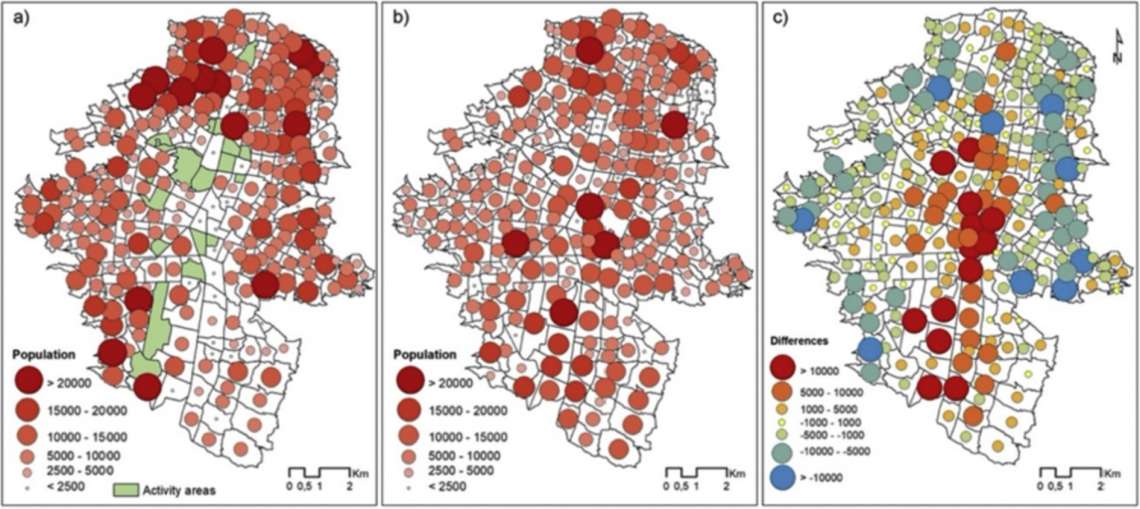Nuevo artículo: Exploring night and day socio-spatial segregation based on mobile phone data: The case of Medellin (Colombia)
Borja Moya-Gómez, Marcin Stępniak, Juan Carlos García-Palomares, Enrique Frías-Martínez y Javier Gutiérrez firman este artículo de Computers, Environment and Urban Systems
14 jun 2021 - 11:51 CET
Disponible en: https://www.sciencedirect.com/science/article/pii/S019897152100082X
Resumen
Social segregation research has a long tradition in urban studies. Usually, these studies focus on the residential dimension, using official registries (e.g., census data), which show population distribution at night. Nevertheless, these studies disregard the fact that the population in cities is highly mobile, and its spatial distribution dramatically changes between night and day. The emergence of new data sources (Big Data) creates perfect conditions to consider segregation as a process, by providing the opportunity to dynamically analyse temporal changes in social segregation.
This study uses mobile phone data to analyse changes in social segregation between night and day. Our case study is Medellin (Colombia), a highly socially-segregated, South American city, where social integration policies are being developed, targeting the population in the most disadvantaged neighbourhoods. We use several complementary indicators of social segregation, supplementing them with mobility indicators that help explain changes in spatial segregation between night and day.
The main conclusion is that daily mobility reduces the concentration of a particular group within neighbourhoods and increases the degree of social mixing (exposure) in local settings. This greater social exposure softens local contrasts (outliers) and increases the extension of spatial clusters (positive spatial autocorrelation), so general clustering trends emerge more clearly. The study also makes clear that increased exposure during the day mainly occurs due to the mobility of the low-income population, who are the most likely to leave their neighbourhood during the day and who travel the greatest distances to the most diverse set of destinations.

